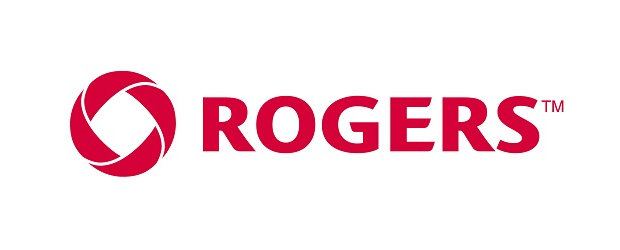Canadian communications and media company Rogers Communications Inc. has provided a more detailed timeline on its plans to hire former Telus CEO Joseph Natale as its next president while sharing its strong fourth-quarter (Q4) results today.
In its Jan. 26 Q4 2016 results report, Rogers is clear that it intends to hire Natale as president and CEO, effective as of July 2017, to replace chairman Alan Horn, who has been serving as CEO on an interim basis since October 2016.
This announcement comes as the company reports that Q4 revenue increased two per cent to $3.5 billion, largely boosted by wireless and Internet revenue growth.
Overall, Rogers says it ended 2016 on a positive note, with total revenue reaching $13.7 billion CAD, a two per cent growth from 2015.
“We maintained robust wireless revenue growth, underpinned by strong subscriber metrics, and translated this to healthy adjusted operating profit,” says Horn in the report. “Internet results showed sustained strength as Rogers offers customers the fastest widely available Internet speeds in our marketplace.”
Wireless service revenue grew by six per cent in Q4, “primarily as a result of a larger subscriber base and the continued adoption of higher value Share Everything plans and the increase in data usage on these plans,” Rogers says.
It adds that while there was a decline in television and phone revenue, this has been offset by a slight increase in cable revenue and strong Internet revenue growth of nine per cent – a result of “an ongoing shift in product mix to higher-margin Internet services.”
“Excluding the impact of lower wholesale Internet revenue as a result of the CRTC decision that reduced interim access service rates, Cable and Internet revenue would have increased by [two per cent] and [12 per cent], respectively,” the report indicates.
Interestingly, the company saw its media revenue decrease in 2016, mainly as a result of fewer postseason Toronto Blue Jays games compared to 2015 (including the Wild Card game, the Jays played in nine playoff games in the 2016 season, compared to 10 in 2015), as well as lower overall advertising revenue, and lower circulation revenue within publishing.
In terms of announcements, Rogers has revealed a long-term agreement with Comcast to bring X1 IPTV to its customers, which is expected to happen in early 2018. The company is discontinuing its own IPTV product, which it says has a net income impact of $484 million CAD. This loss is the main factor in Rogers’ net loss of $9 million CAD in Q4 and $835 million CAD over the year.
The report also notes that Rogers has made its Ignite Gigabit Internet service available to its entire consumer base of over 4 million homes.
Looking forward
Interim president and CEO Horn expects the positive momentum from 2016 will lead to stronger growth targets in 2017. The report sets out lofty goals for the new year, anticipating a growth of three to five per cent in total revenue for 2017.
“In 2017, we plan to further enhance our financial flexibility and execution, as well as capture cost and productivity improvements we see throughout our business,” it says. “We believe this will position us well to translate our revenue growth into increased profitability and free cash flow.”
Rogers adds that it plans to continue improving customer experience, including offering more self-serve options and new ways to digitally interact, as well as provide more 4K content and expand its wireless network coverage to provide all Canadians with LTE speeds.
As a result of its new partnership with Comcast, Rogers also expects to have the new advanced DOCSIS 3.1 Wi-Fi gateway, which is capable of delivering “up to nine gigabits per second over Wi-Fi within the home, supports voice, home monitoring, and automation applications, and can act as the core in-home gateway for video and data applications,” available to all its customers by mid-2017.





